Good luck taking a bad photo on this Zeiss co-engineered smartphone
Vivo just launched the X300 Pro, and its camera is ridiculous
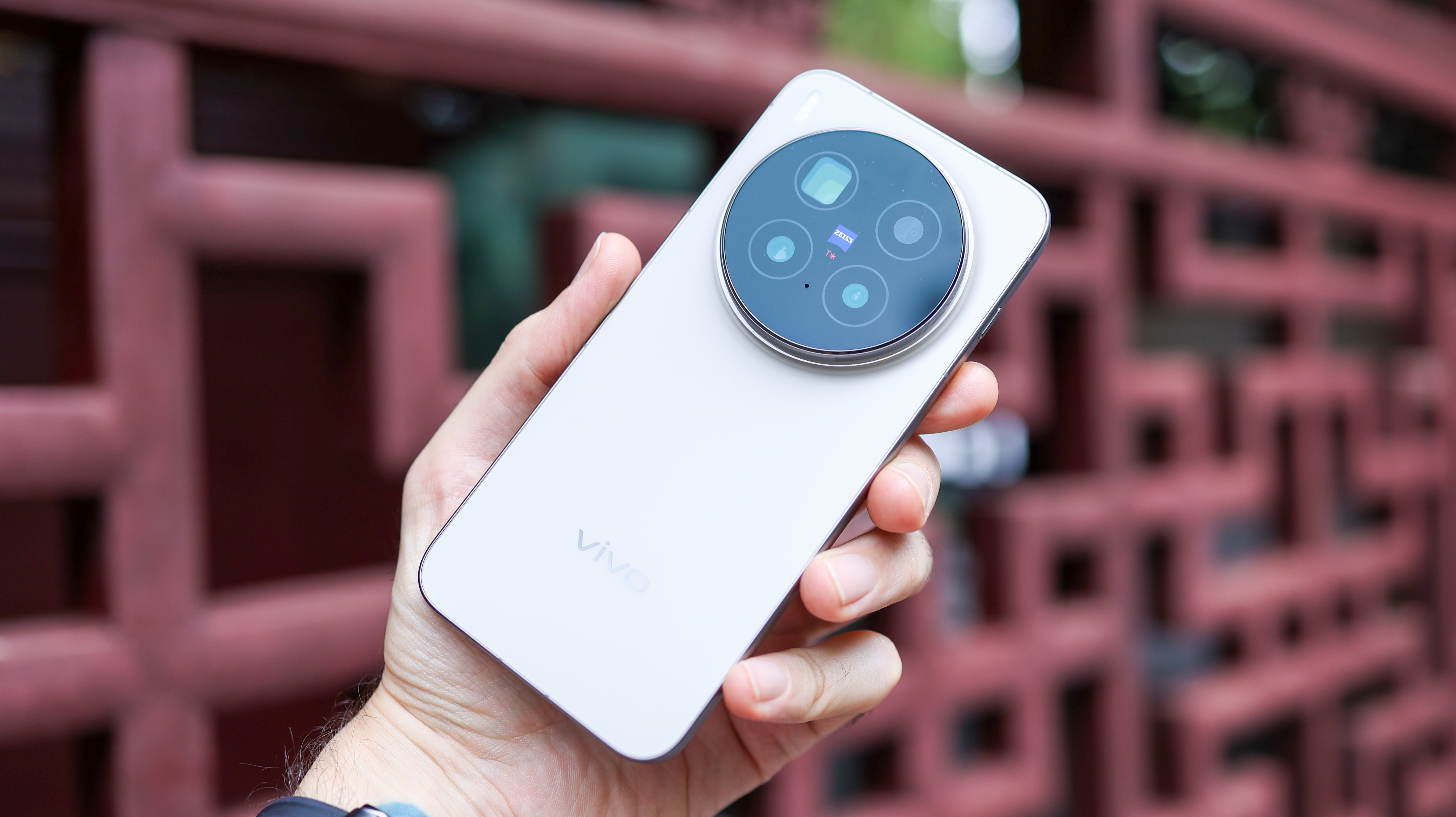
I’ve been using the new iPhone 17 Pro Max for just under a month, and it blows my mind that it’s still the go-to camera phone for so many photography enthusiasts. Don’t get me wrong, it’s competent, but compared with what Vivo’s just released, it already feels dated. The X300 Pro, by contrast, is a reminder of how exciting smartphone photography can be.
Most people stick with Apple, Samsung, or sometimes Google because their phones are familiar and widely available, but for anyone who prioritises photography and uses an iPhone, Galaxy, or Pixel, you could get a lot more for less. Noisy lowlight shots that are low on detail, photos that crumble when you pinch in or crop them, oversharpening and punched up saturation, and weak zoom performance despite Apple's marketing suggesting its phone has eight cameras around the back (it doesn't).
The X300 Pro is different; it’s unapologetically built for people who care about photography. While it’s launching in China first, its wider release is coming soon, and after a few days with the phone, I'd urge you to watch this space if you really care about your photos.
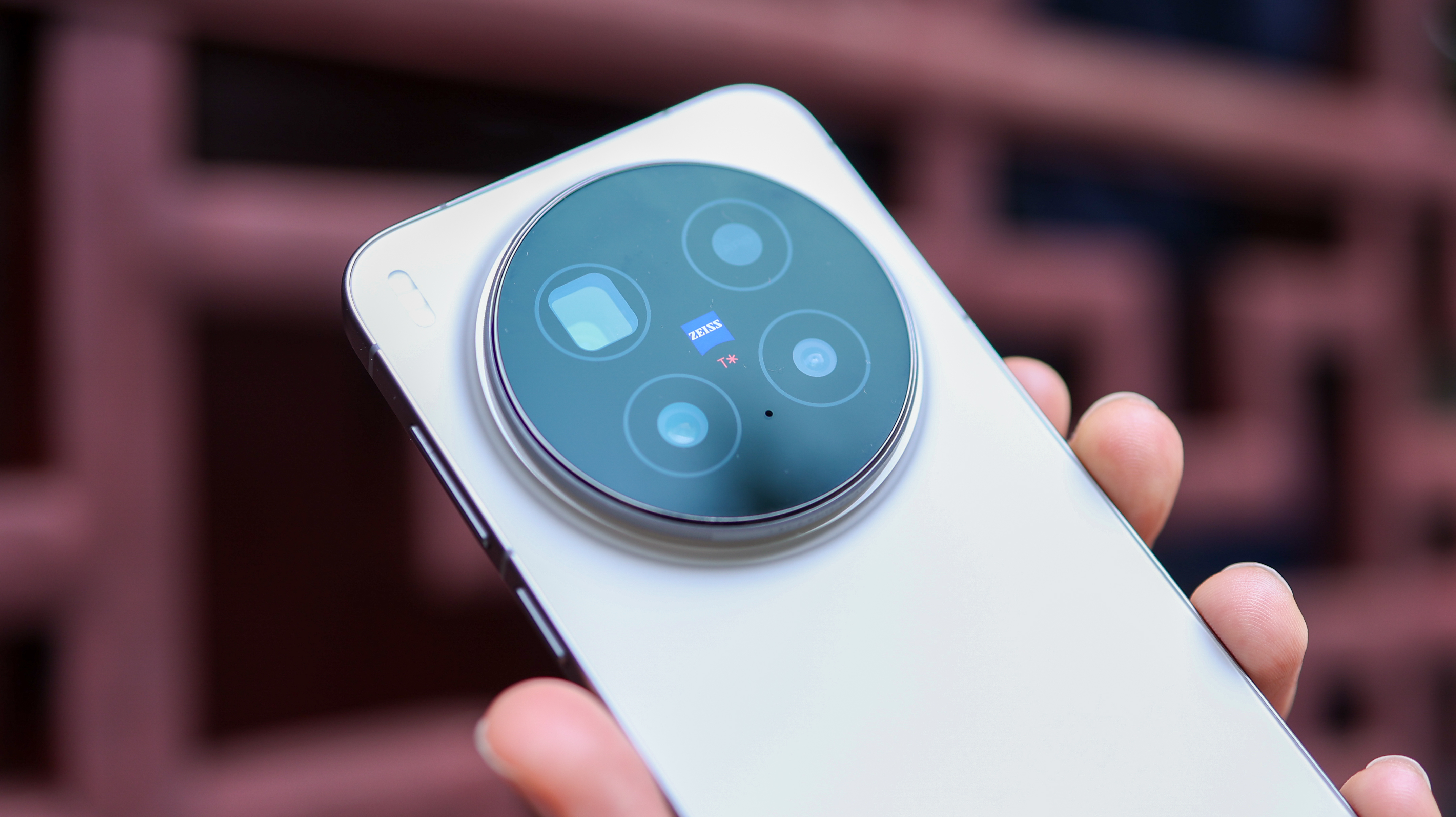
The Problem with the Status Quo
The best-selling phones aren’t made for photographers anymore; they’re made for convenience. Good enough has become the status quo, and posting to Instagram or TikTok feels like the endgame as far as phone cameras go.
The big brands have built systems that deliver easy wins: fast, bright, social-ready shots that flatter at a glance but rarely hold up when pushed. Vivo takes a different approach. It still uses AI and heavy image processing, but it starts from a stronger foundation. The sensors are larger, the software more versatile, and the phone feels like it’s been built around its cameras. Its processing builds on this solid base rather than compensating for inherent weaknesses. The algorithms read light, color, and depth in a way that looks measured and intelligent; the phone still polishes its images, but it feels like it does so with precision and purpose.
Over the years, I’ve had multiple encounters with some of the team who work on the X series, and to say they’re obsessed with photography is an understatement. That obsession comes through in the photos, and it’s something I just don’t get from iPhone, Galaxy, or Pixel devices.
Vivo X300 Pro: camera hardware
The X300 Pro’s main camera combines a 50-megapixel, 1/1.28-inch Sony LYT-828 sensor and an f/1.57 lens with a 24 mm equivalent focal length. Then there’s the telephoto: a 1/1.4-inch 200-megapixel Samsung sensor with a Zeiss APO lens and an f/2.67 aperture, plus a handy 85 mm equivalent focal length. Unlike the iPhone 17 Pro, Pixel 10 Pro, and Galaxy S25 Ultra, Vivo’s tele camera focuses as close as roughly 20cm from a subject, adding a huge amount of versatility. Completing the system is a 50-megapixel ultra-wide with an f/2.0 aperture and a 15 mm equivalent focal length, plus a 50-megapixel front camera.
The best camera deals, reviews, product advice, and unmissable photography news, direct to your inbox!
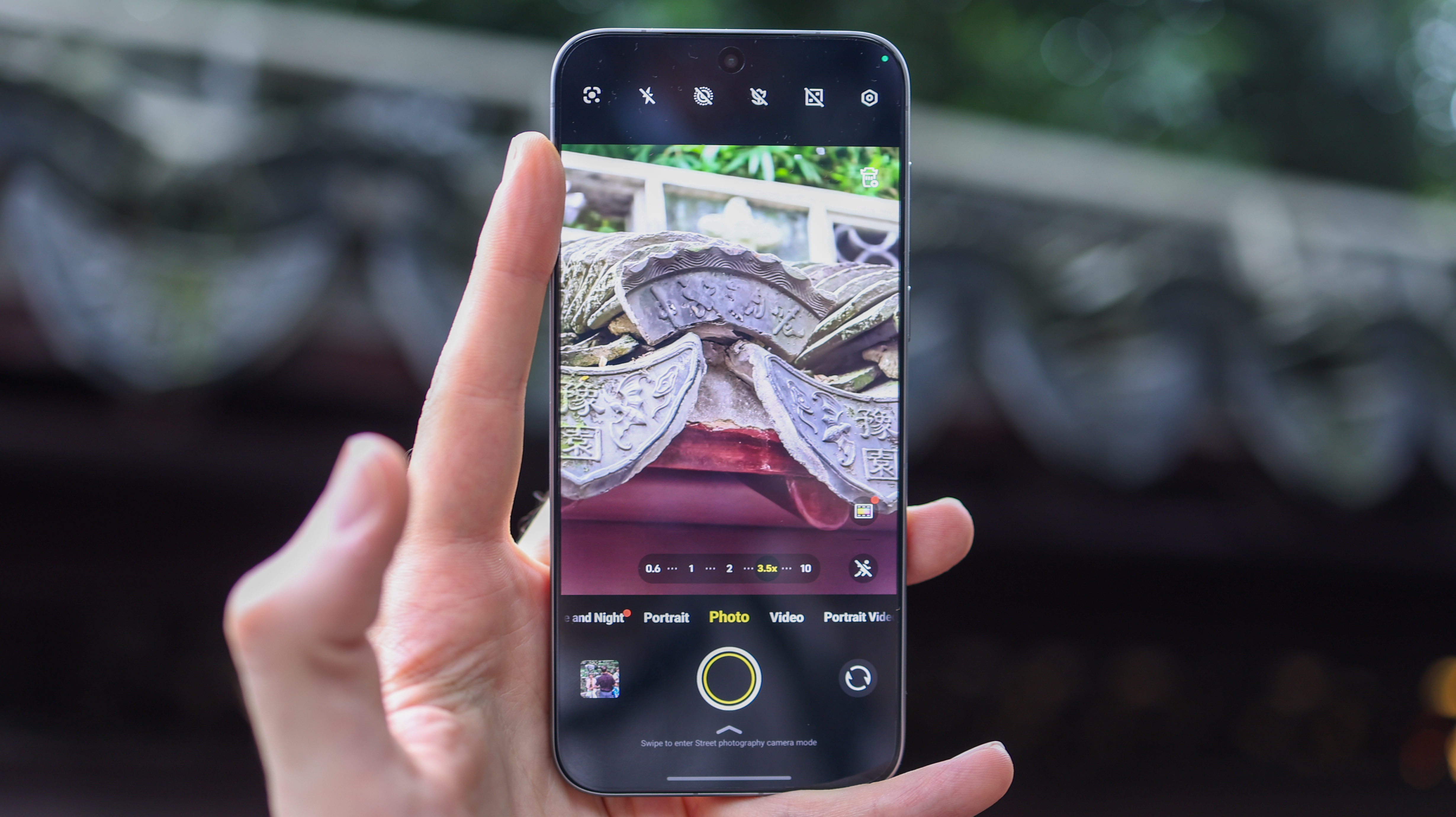
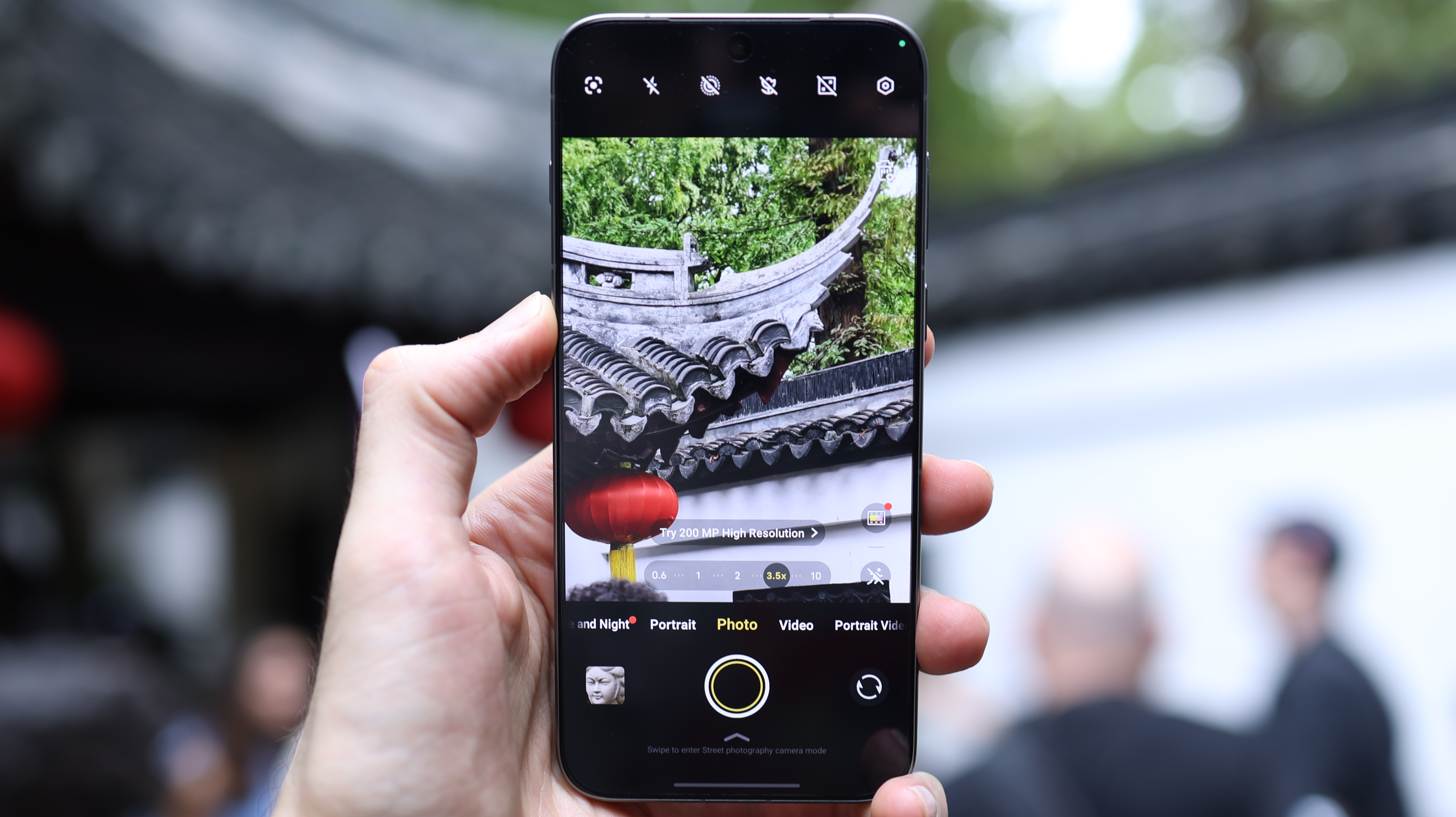
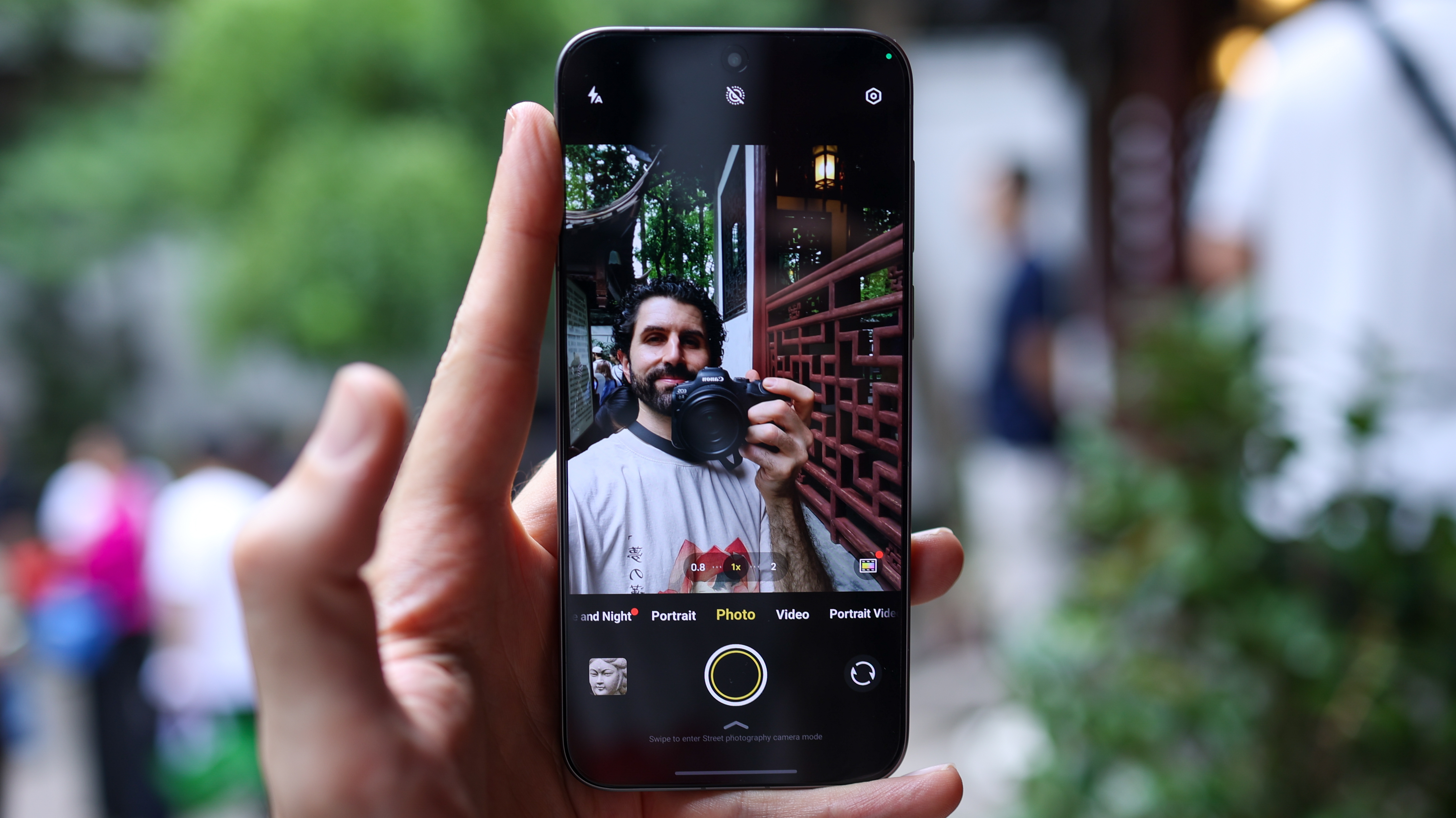
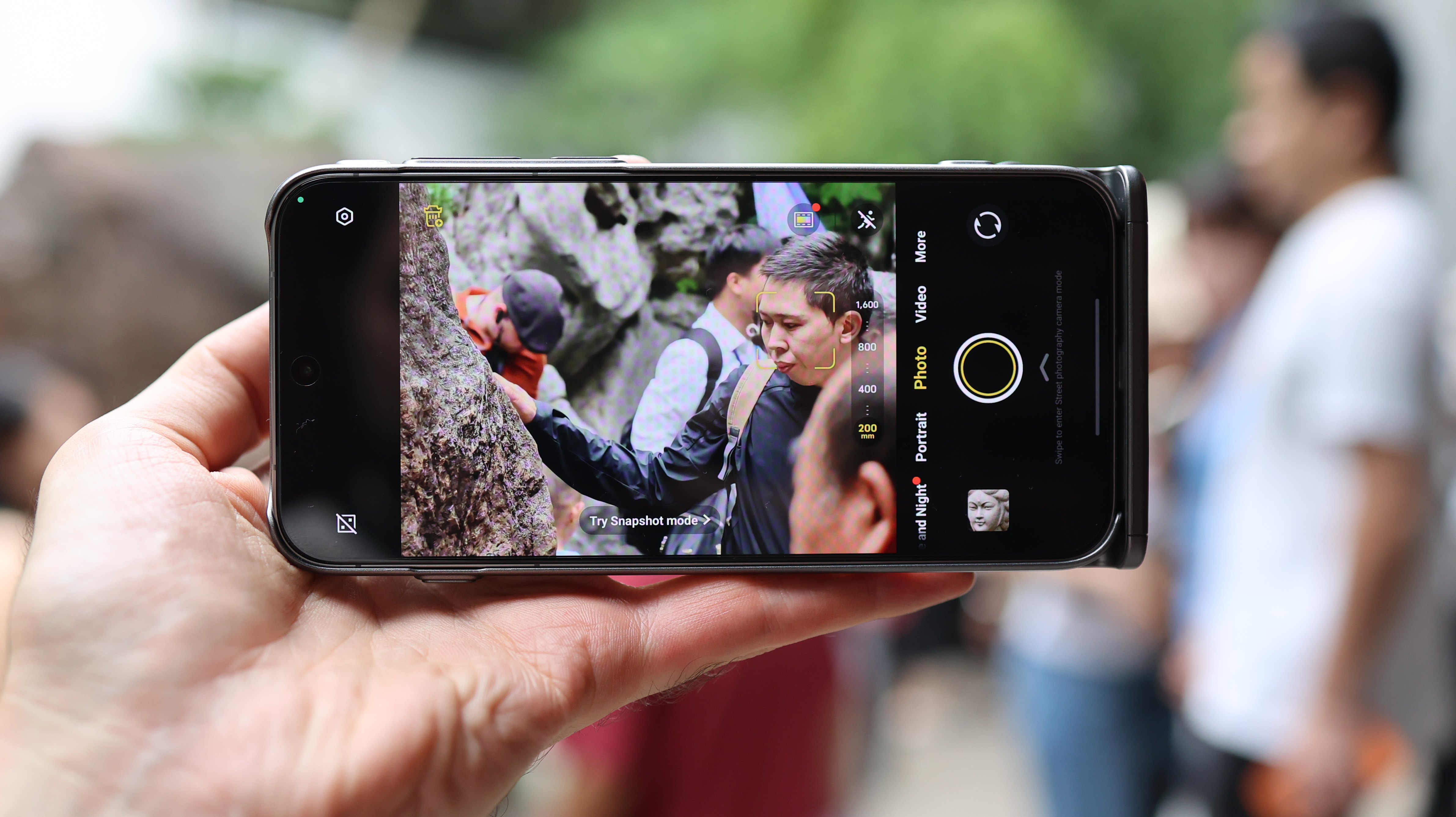
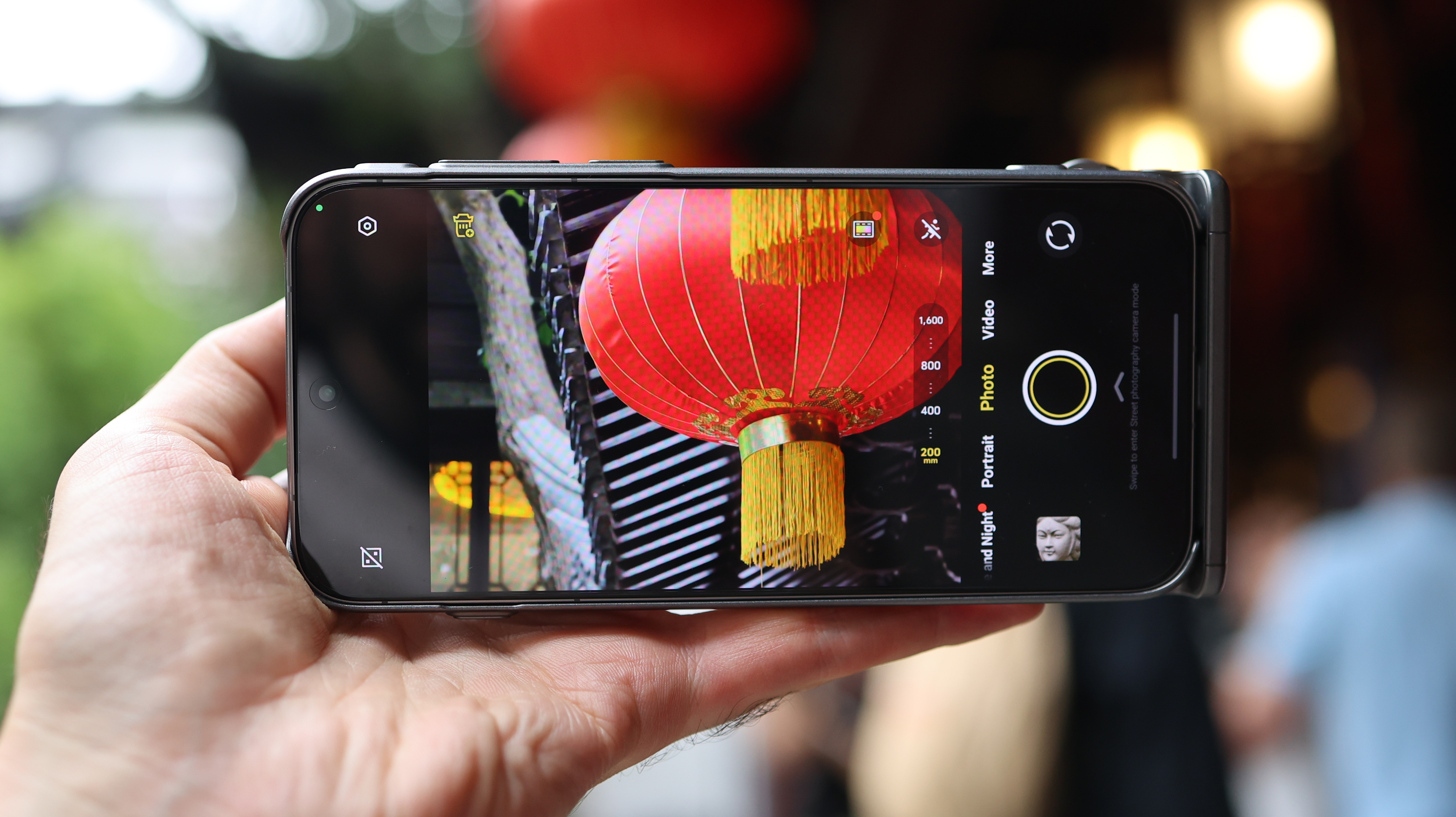
The X300 Pro’s larger sensors capture more light and detail, so the processing doesn’t have to fake sharpness or inflate color. Instead, it builds on the data the hardware delivers. In practice, what really stands out is consistency. Whether you’re shooting with the main, ultra-wide, or 200-megapixel telephoto, tone and contrast typically stay aligned. Dynamic range stretches wide without that washed-out HDR look, and color feels rich, yet controlled, with the whole experience feeling confident, as if the camera knows what it’s doing.
Why the X300 Pro’s photos look so good
The secret to the X300 Pro’s results isn’t just its hardware; it’s how Vivo handles the data those cameras capture. The phone uses its own dedicated imaging chip to process RAW information before the MediaTek Dimensity 9500 processor’s ISP even gets involved. Highlights hold up, shadows look like shadows – never muddy or blown out – and details are preserved.
Vivo’s processing is clearly working hard, but it feels intelligent rather than heavy-handed in most situations. It still smooths noise, redraws elements when zooming in, and balances exposure, but year-on-year, it has improved, and with the X300 Pro, it almost challenges you to take a bad shot. All that’s before you even dive into more pro features.


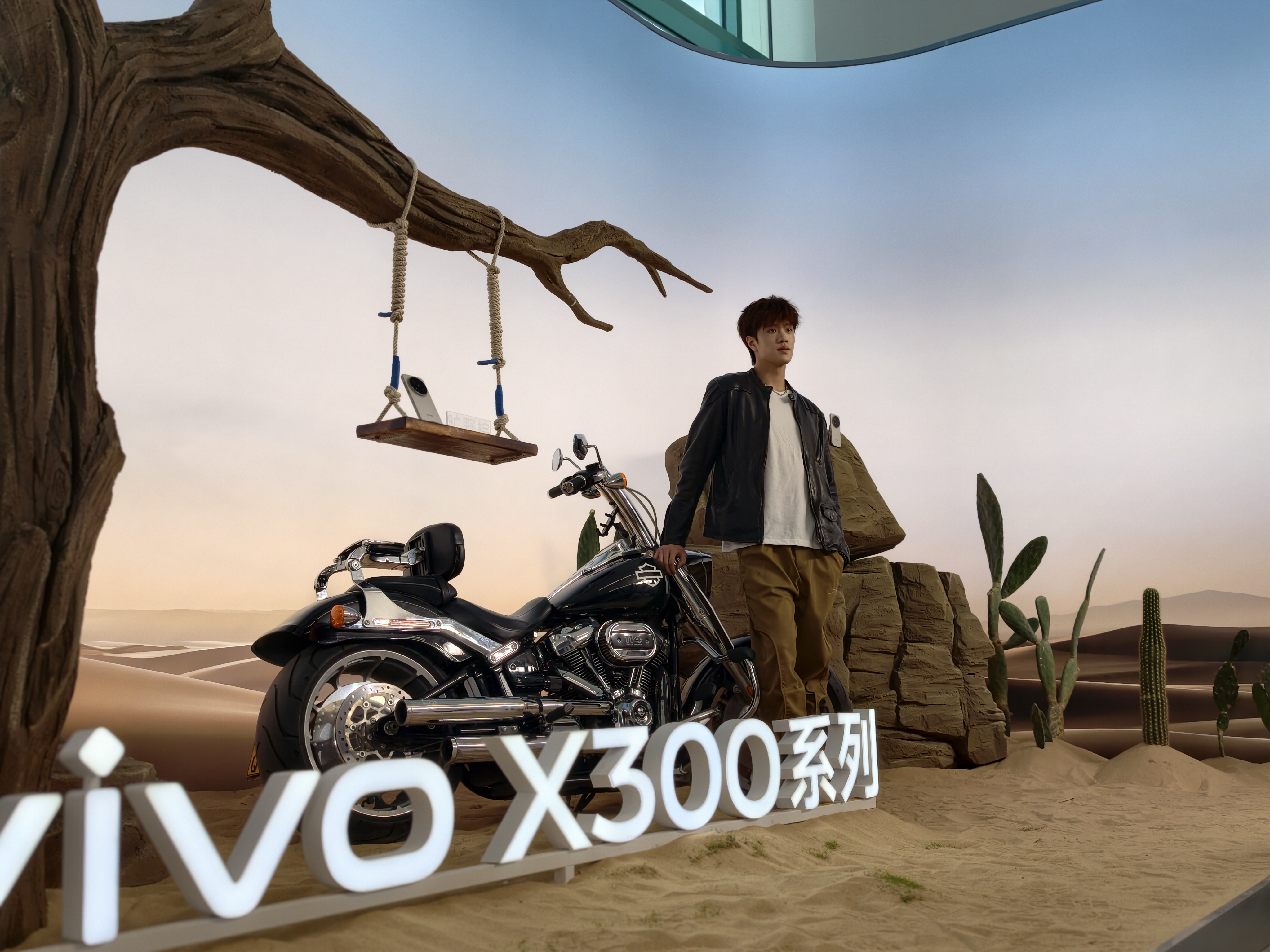
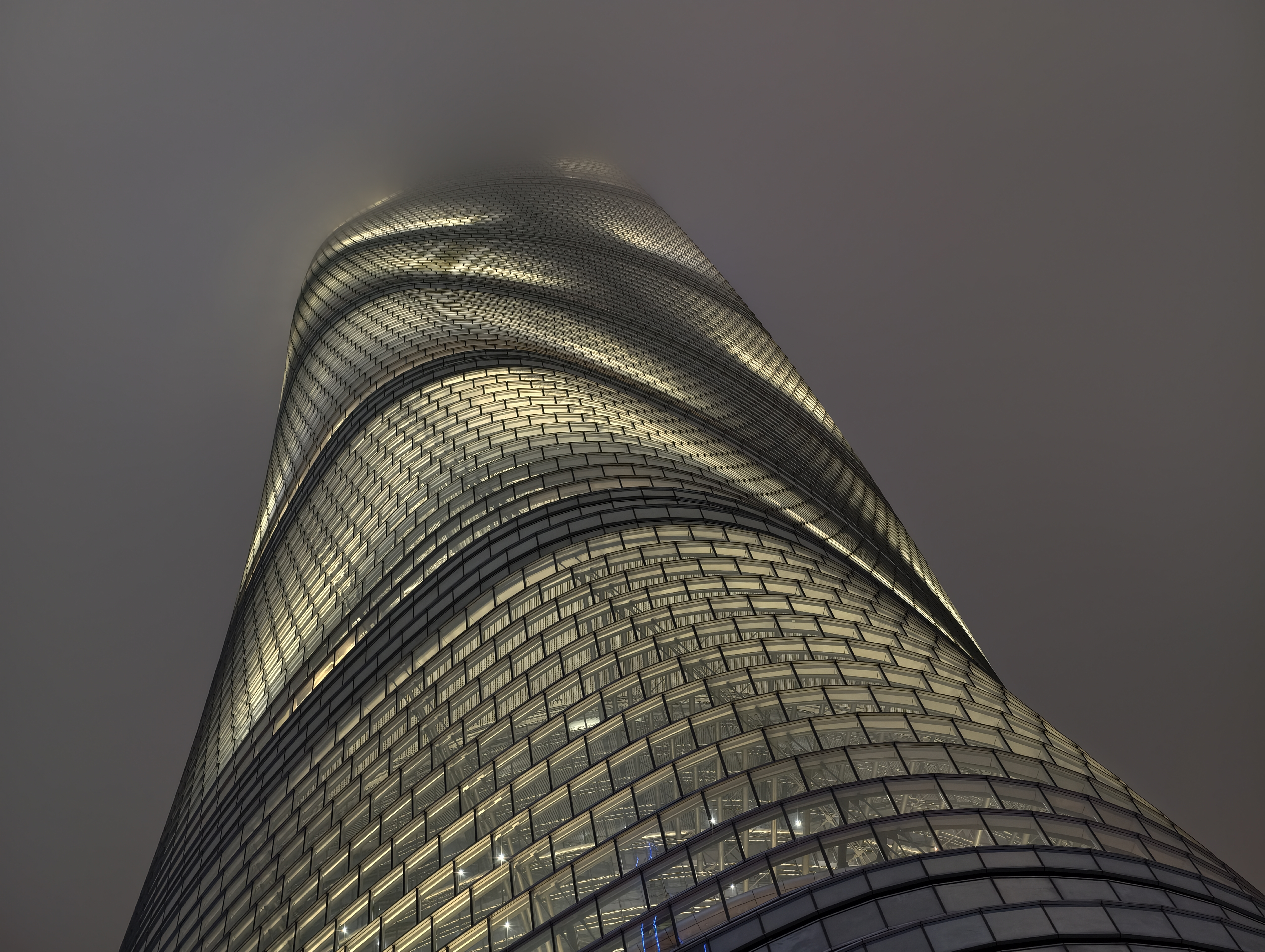
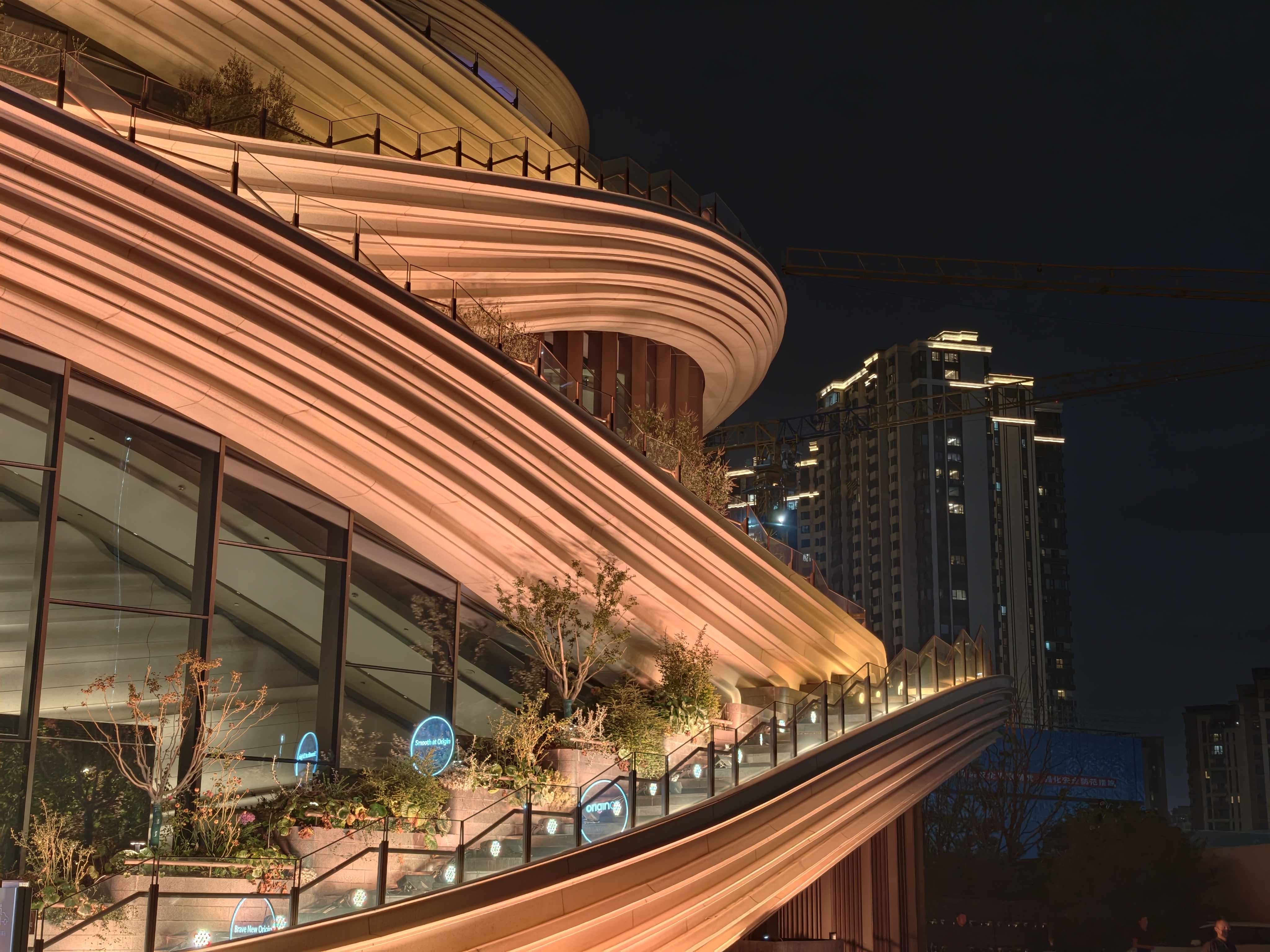
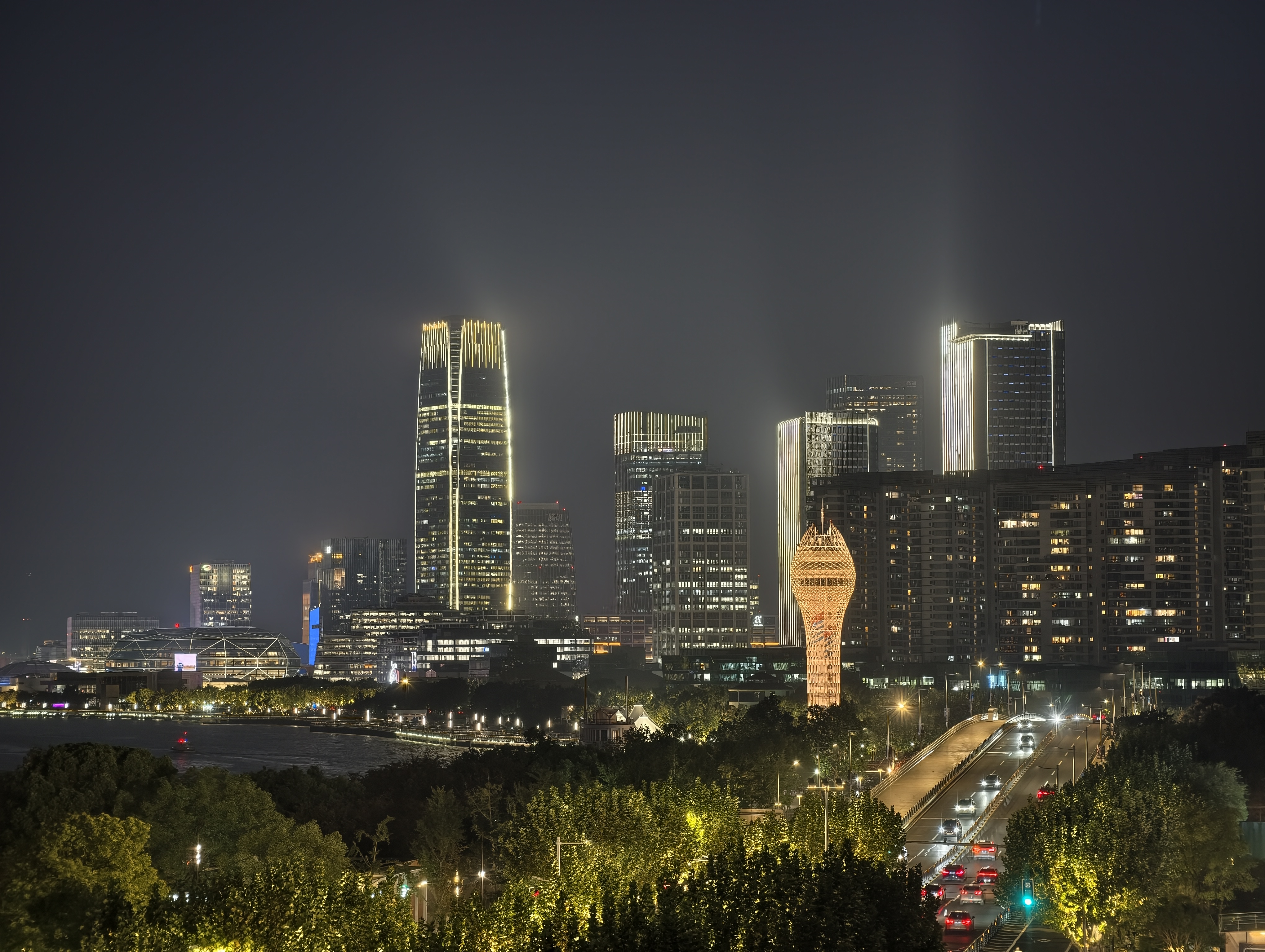
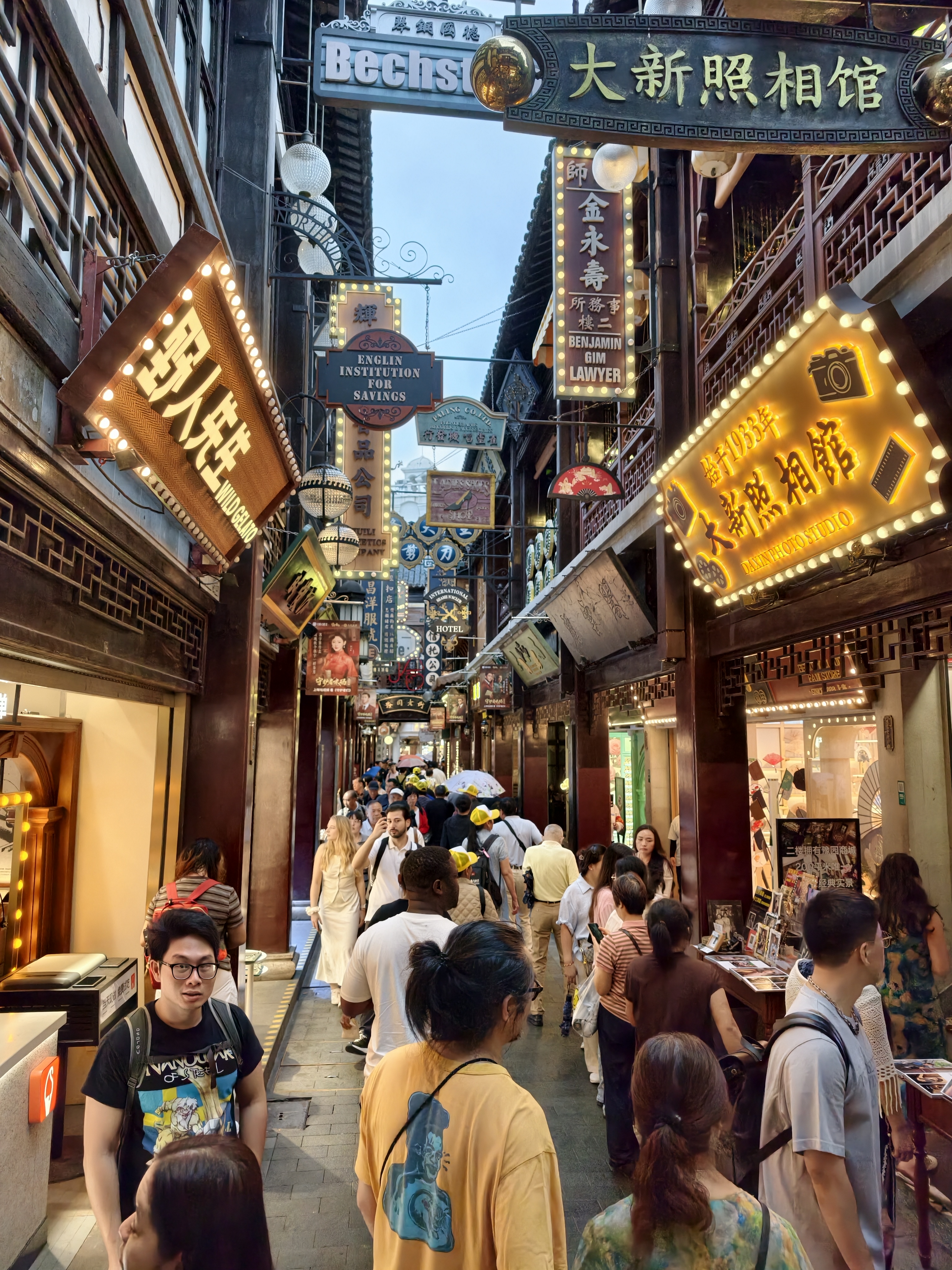
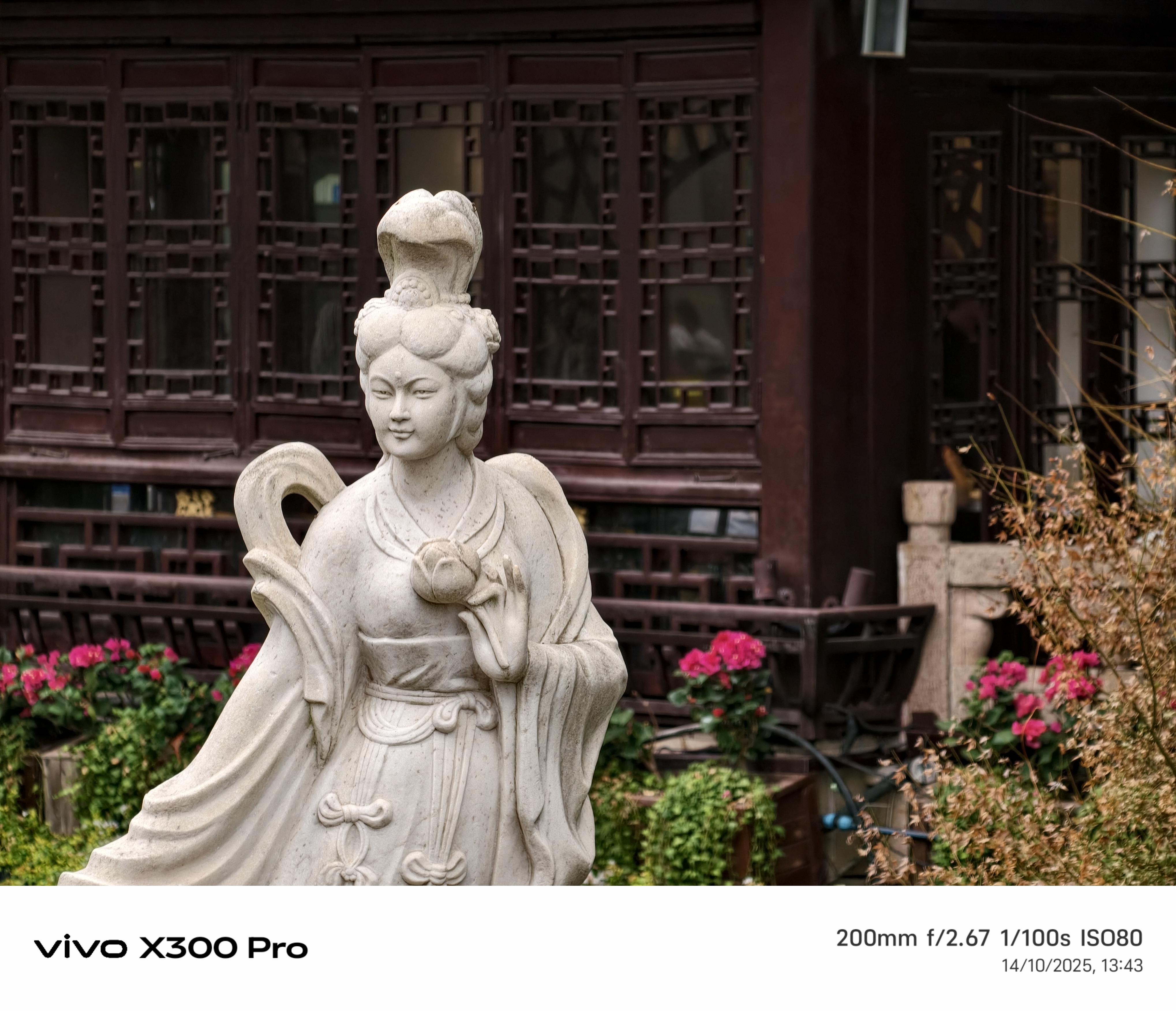
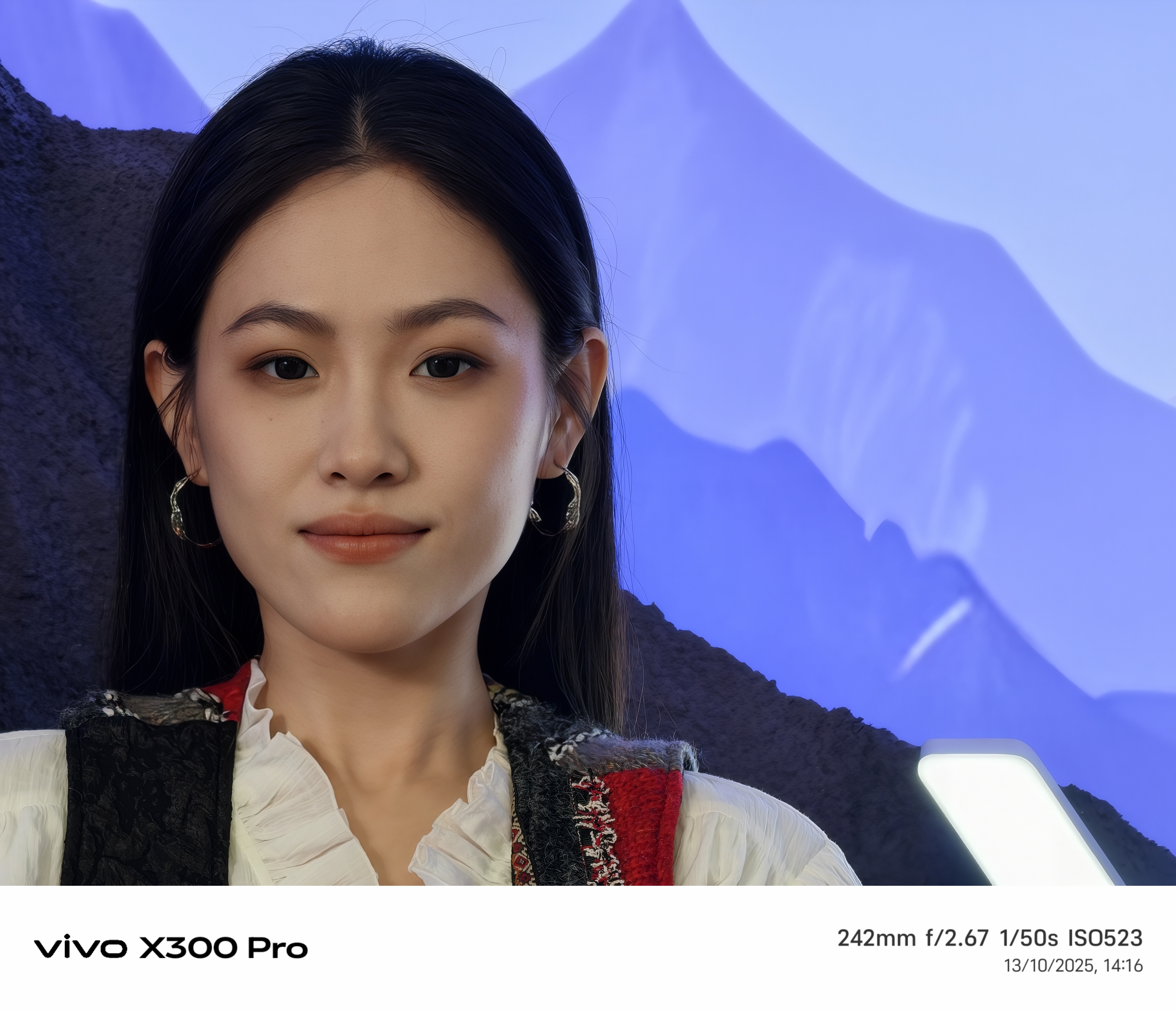
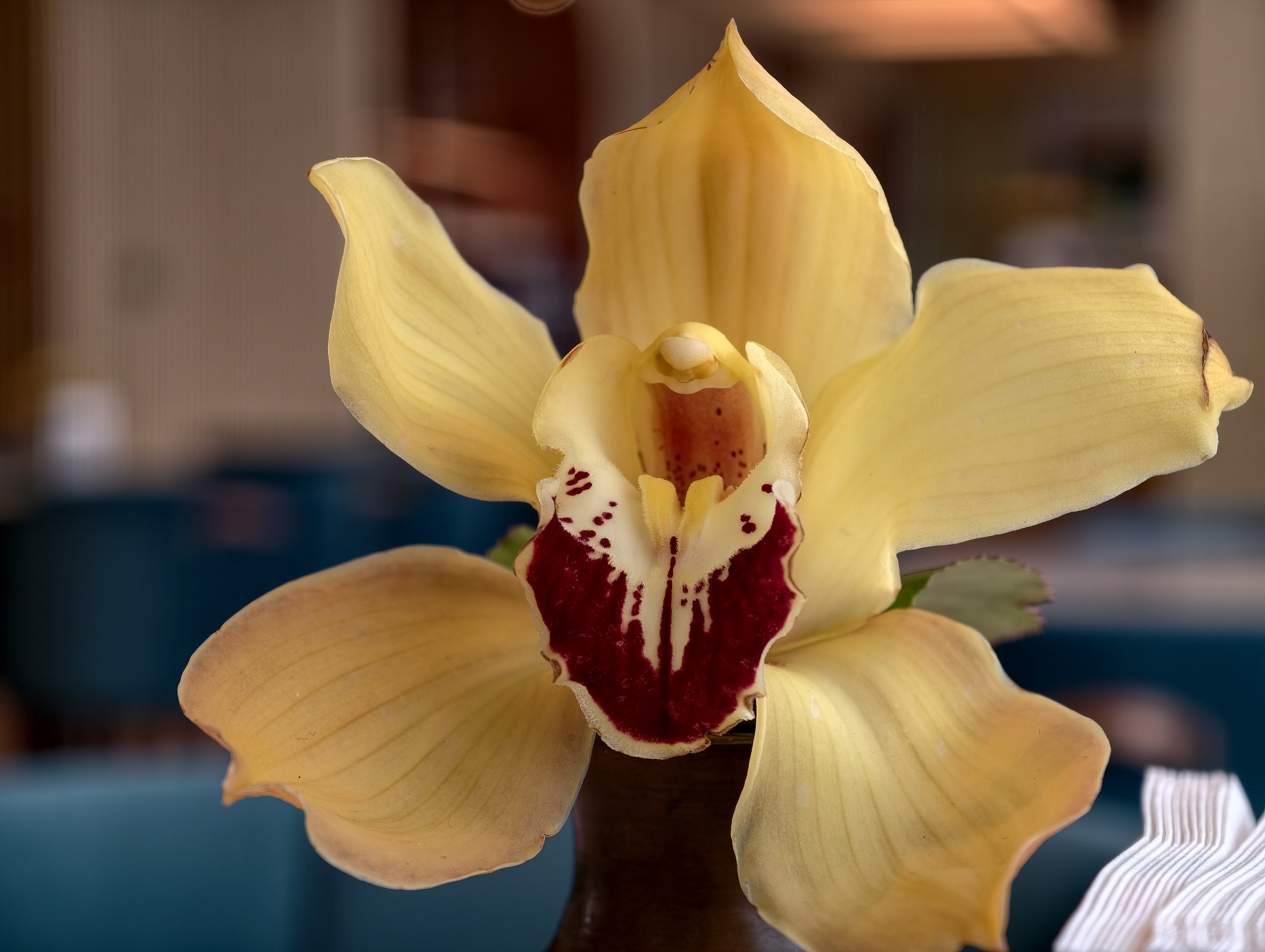
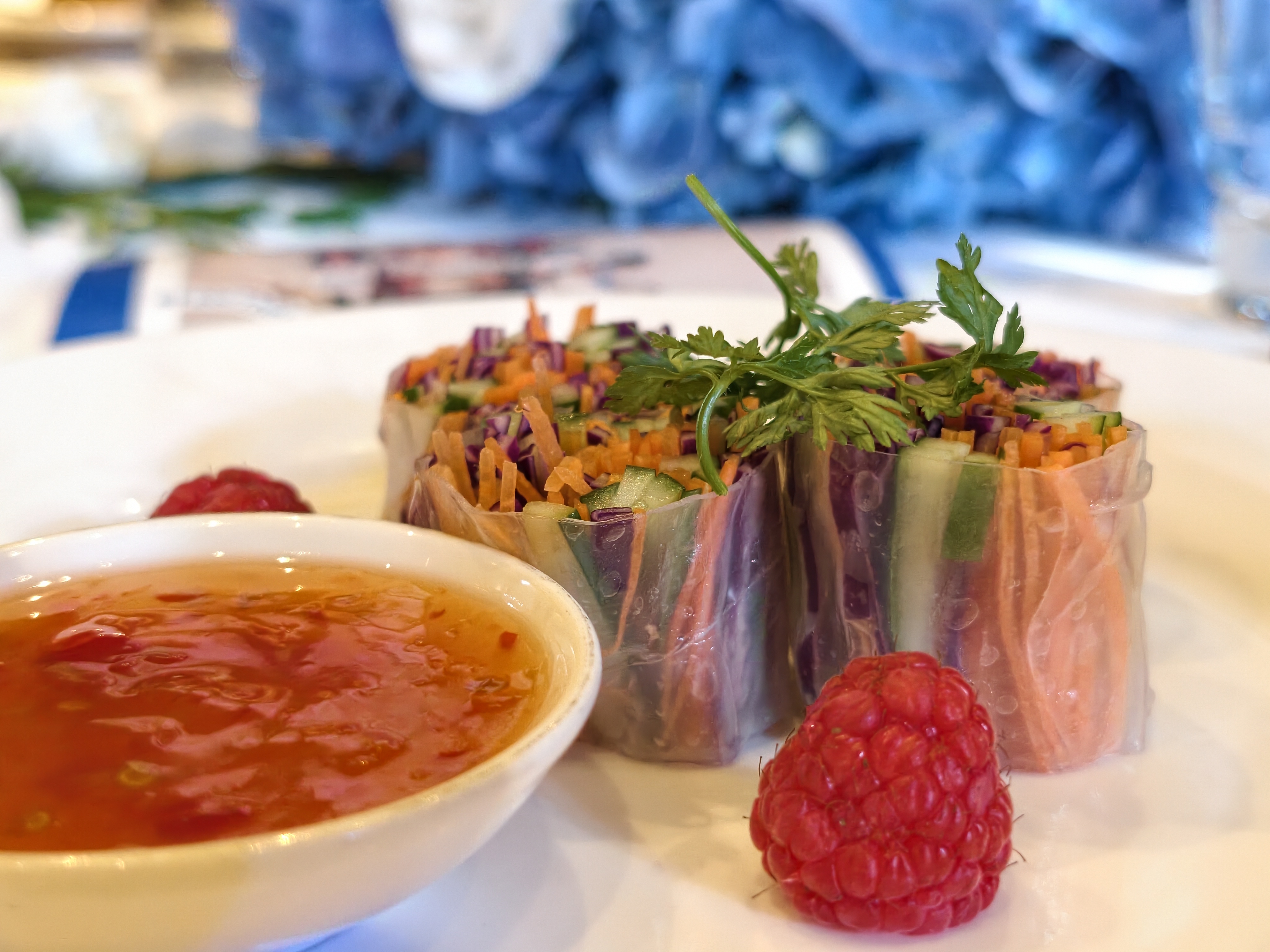
The RAW shots taken at 50MP resolution are around 100 MB per file; they’re packed with detail and give you a lot of flexibility to edit without breaking the image. You can recover skies, pull back clipped highlights, or lift shadows with confidence. With the X300 Pro’s RAWs, it’s not just about rescuing mistakes; it’s about having room to reimagine what you shot.
What ties it all together is consistency. Whether you’re shooting at night, in harsh daylight, or indoors, the X300 Pro’s results have the same balance of tone and texture. You don’t feel like you’re fighting the software; you feel like it’s working with you. That’s rare for a smartphone, and it’s what makes the experience so satisfying.
The Photographer Kit
Vivo clearly knows its audience, and the optional Photographer Kit drives that home. It transforms the X300 Pro from a capable camera phone into something that feels like a compact system camera. The kit is built around a smartphone case, and includes a slide-on camera grip with a physical shutter button, a control dial for exposure adjustment, a zoom lever, and a tripod thread. Around the lens part of the case is a 62 mm filter ring that lets you attach ND filters or creative glass. That’s also where you attach the Zeiss 2.35x telephoto extender.
Vivo introduced a Photographer Kit with the X200 Ultra, but this is the first Pro model I’ve used that supports one, and it’s the best implementation of the kit to date. The telephoto extender works across all shooting modes, including Log video and Pro mode, so it feels like part of the camera rather than an accessory bolted on after the fact with a tacked-on shooting mode. The shutter’s half-press for focus and a full-press for capture is instantly familiar, and the dial gives you tactile control over exposure in real-time.
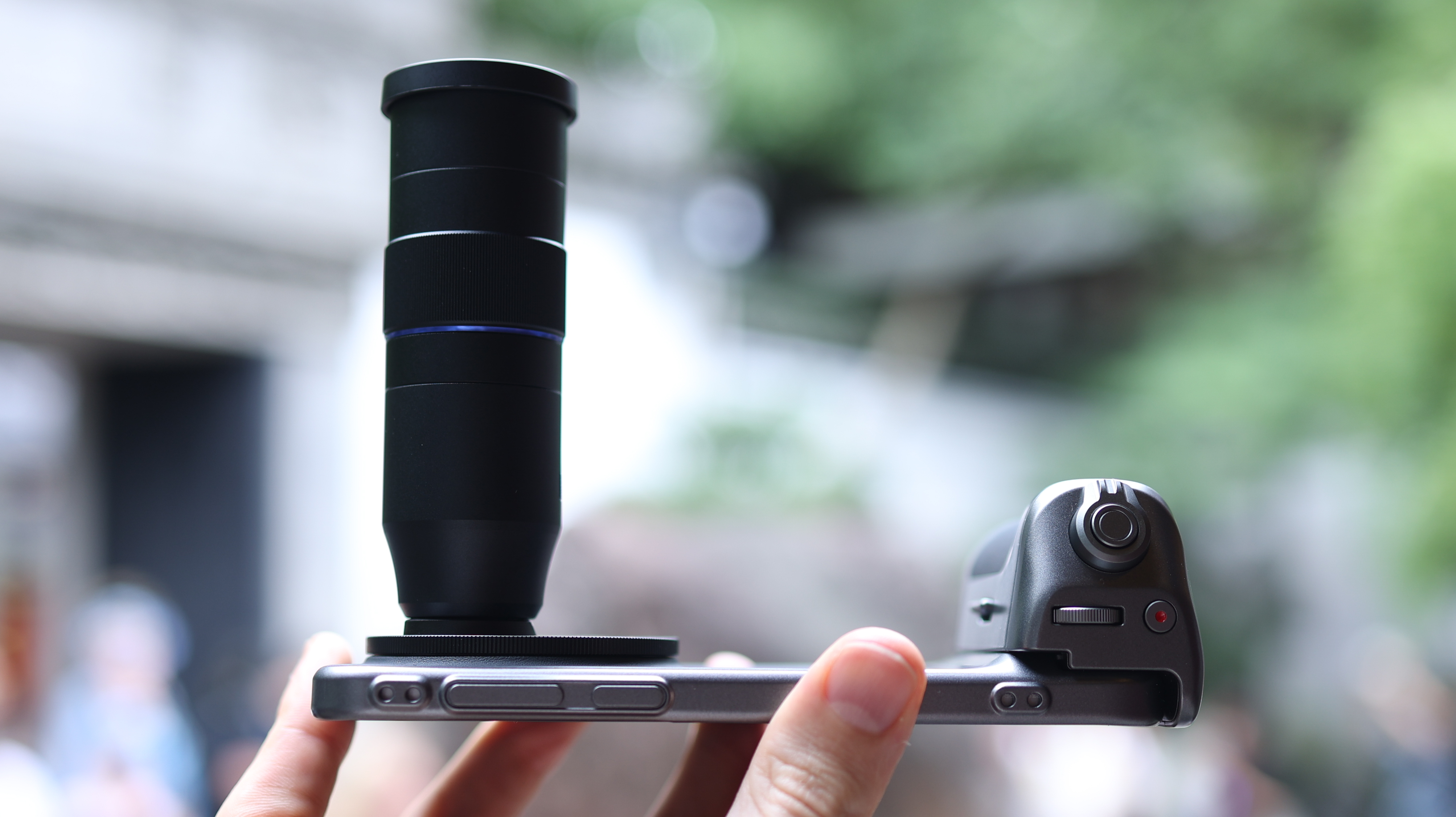
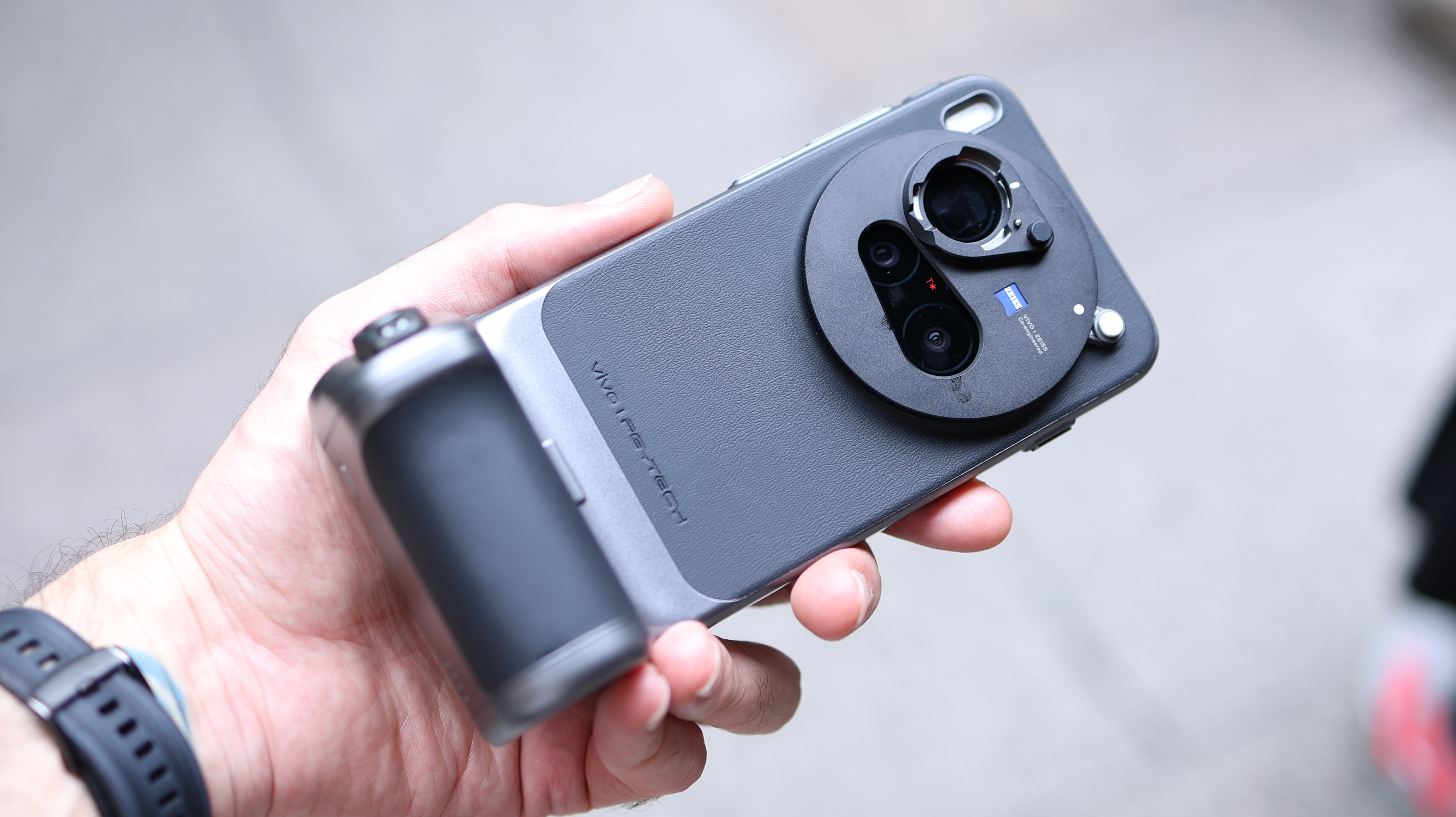
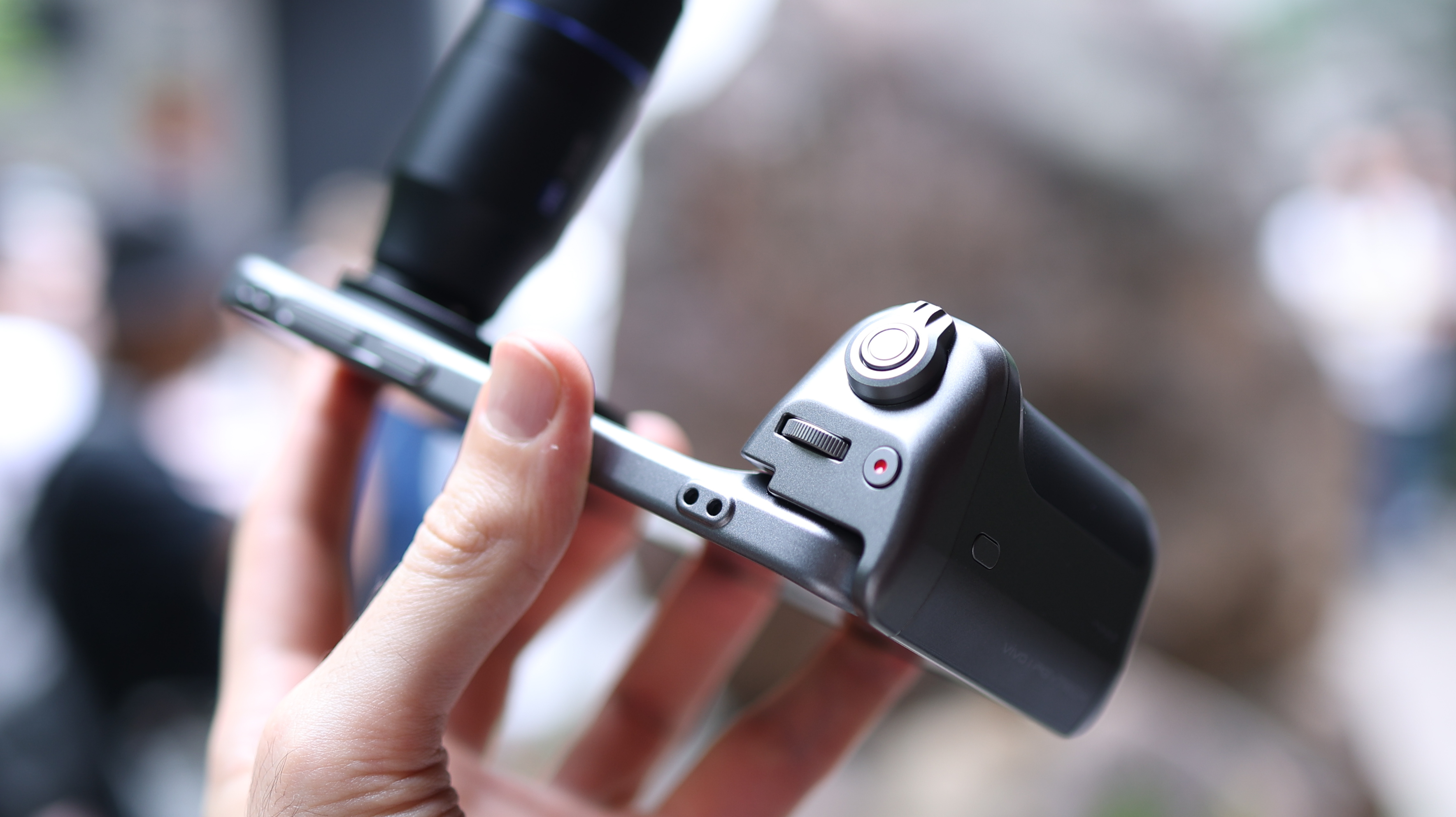
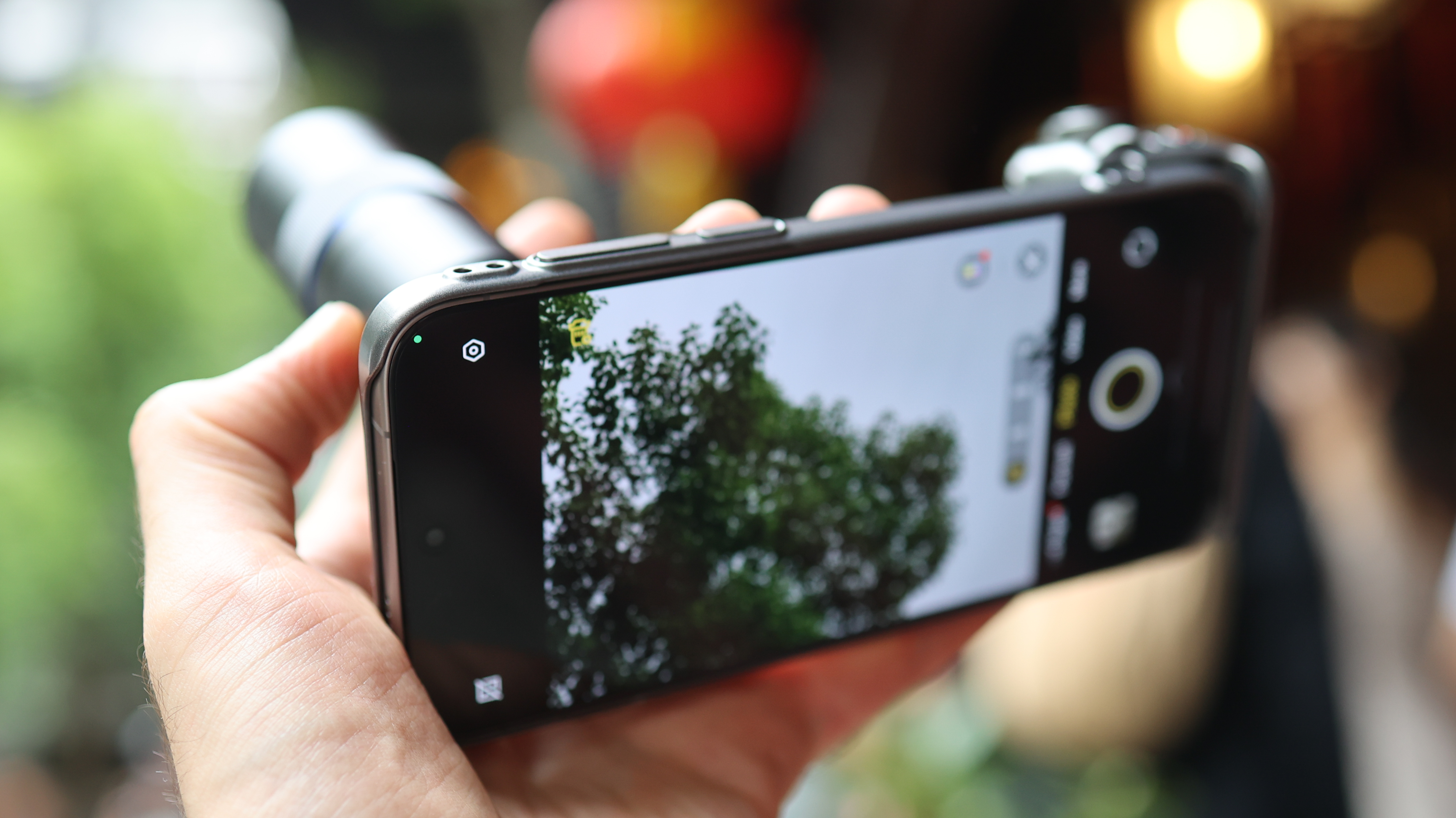
The telephoto extender is particularly clever. It adds reach while maintaining image quality, and because the X300 Pro’s tele camera already starts with a quality 200-megapixel sensor, you’re not sacrificing clarity. It’s also relatively compact and versatile, great for faraway subjects or tight portraits alike.
You absolutely don’t need the kit or telephoto extender. Set alongside the iPhone 17 Pro Max, Vivo’s 200MP tele camera wipes the floor with Apple’s flagship in every test I conducted. That said, the whole kit makes shooting feel even more deliberate. You stop poking at a screen and start framing like a photographer again. For anyone who misses that, it’s a reminder that smartphones don’t have to be the fast food equivalent of cameras.
Can it make you a better photographer?
In many ways, yes. The X300 Pro removes so many of the typical smartphone barriers, allowing you to focus entirely on composition and timing. In most situations, it nails exposure, understands depth, and balances highlights and shadows with almost absurd accuracy. That means you can spend less time worrying about a backlight or blown skies and more time actually framing a shot. It gives you the confidence to shoot instinctively, knowing the camera will hold up.
For novices and photographers alike, that can mean you start noticing moments and geometry instead of thinking about technical hurdles, but there’s a flip side: the X300 Pro is so capable that it can make you complacent. It smooths over difficult lighting, rescues bad exposure, and finds faces through impossible contrast. I found myself forgetting where the light was coming from because the phone just handled it so well. Once you get used to that level of safety net, other camera phones and even cameras can feel unforgiving.
The rest of the phone
Beyond the camera, the X300 Pro is every bit a flagship. It’s powered by MediaTek’s Dimensity 9500 chipset, with fast LPDDR5X RAM and UFS 4.0 storage that keep performance snappy whether you’re editing large RAW files or gaming. The display is a Zeiss Master Color AMOLED panel with QHD+ resolution, adaptive refresh rate of up to 120Hz, and its brightness drops as low as 1 nit and peaks at 3,000 nits for comfortable lowlight and outdoor viewing.
Battery life is region-dependent. The China and Asia model ships with a 6,510 mAh cell, while the European version is expected to come with a smaller 5,440 mAh battery owing to EU regulations. Both support 90W wired charging, which powers up the phone fully in under an hour, and after a few days of shooting with it, the lower-capacity version is reliable for a day of typical use, though it may struggle on heavy camera and gaming days.
Everything else fits the flagship bill: IP68 and IP69 water and dust resistance, 3D ultrasonic fingerprint scanning, loads of RAM and storage, and excellent build quality. It feels solid, refined, and is available in a few good-looking colors, making it a compelling option beyond its camera.
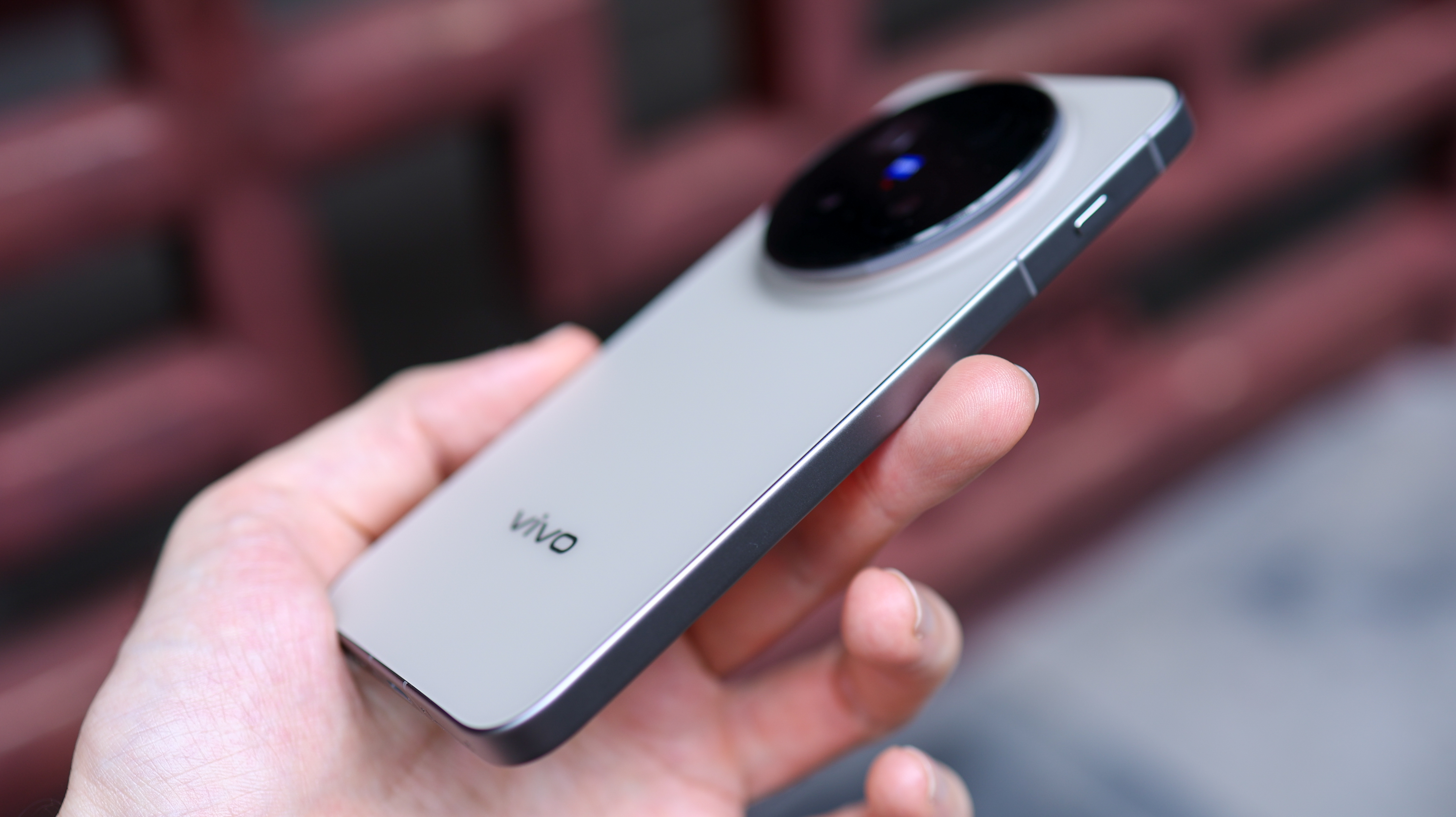
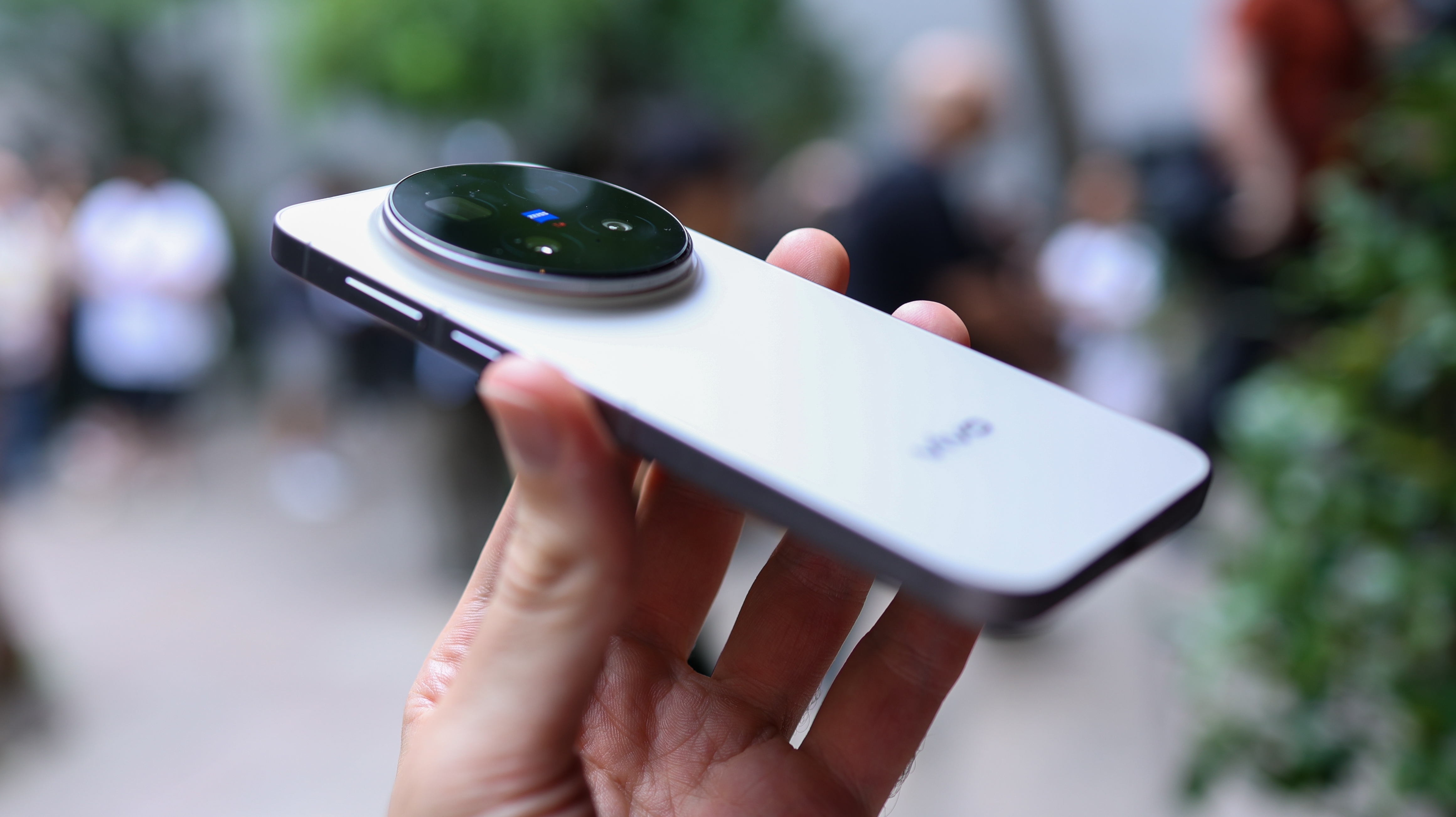
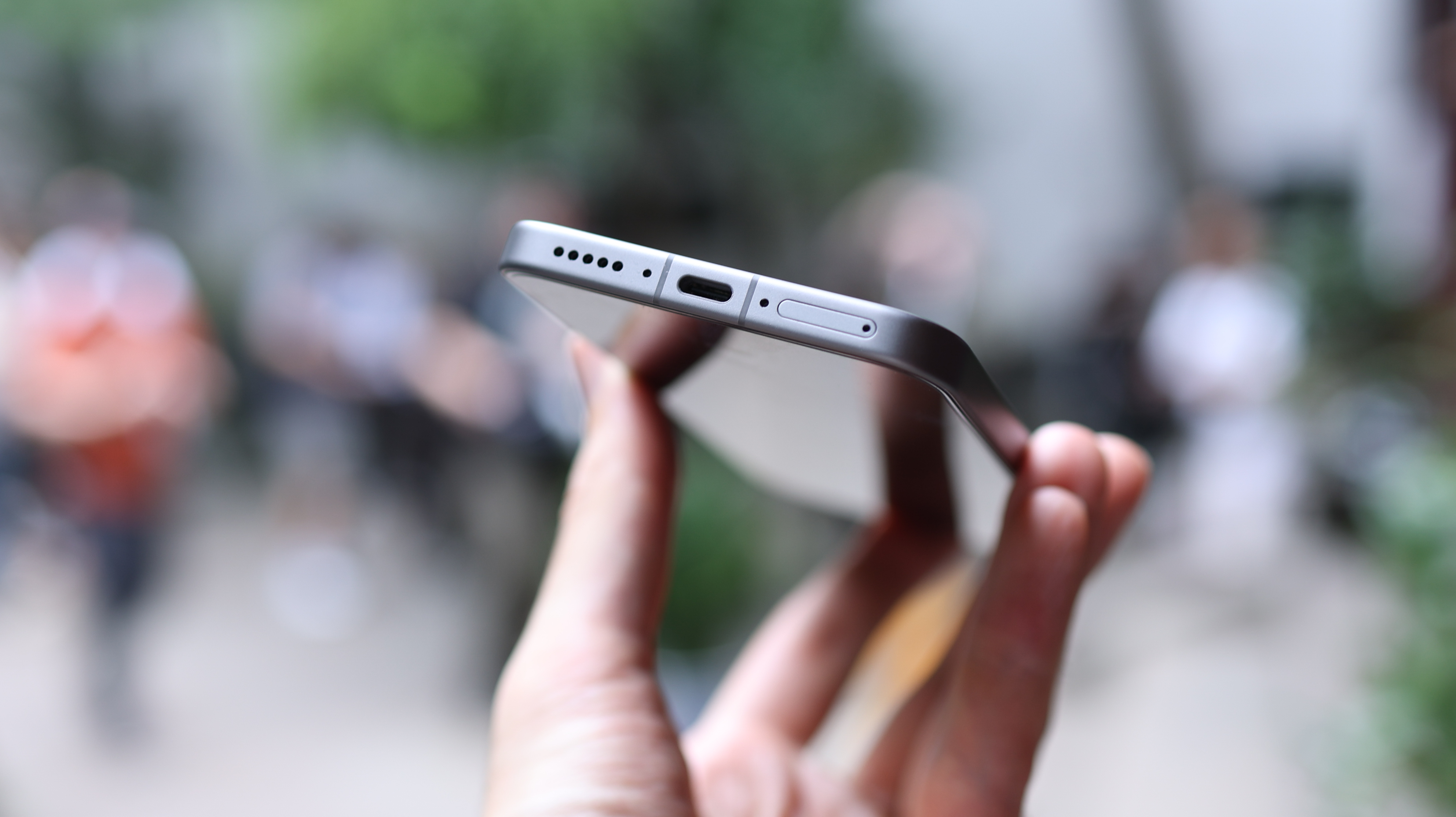
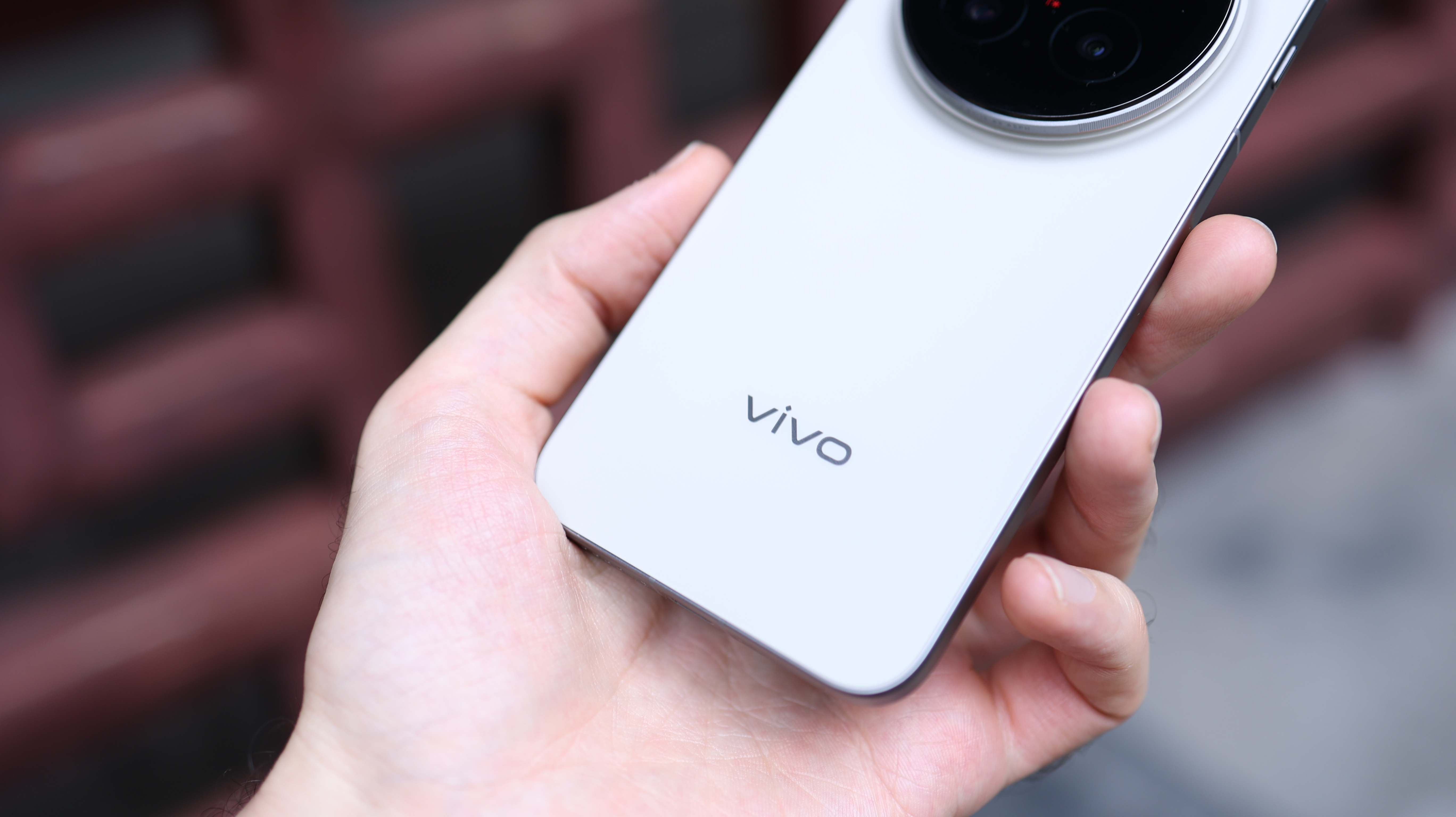
What the X300 Pro means for Apple, Google and Samsung
Vivo goes far beyond Apple, Google and Samsung when it comes to defining what a camera phone can be. The combination of serious hardware, refined processing, and a genuinely useful photographer kit makes it one of the most complete imaging systems in any smartphone, but I’m not convinced people will care.
Inertia is real, and I’m not about to hold it against anyone if they continue to buy (and complain about) the same brands they’ve used for years. After all, if a phonemaker is familiar, easy to find, and trust has been built, there’s value in that. But if you’re reading this and care about photography, sticking with what’s familiar means missing out. To put it plainly, the Vivo X300 Pro’s camera obliterates the established competition, it really is that simple.
You might also like...
Check out more on the best Android phones for photography and the best camera phones.
Basil Kronfli is a freelance technology journalist, consultant, and content creator. He trained in graphic design and started his career at Canon Europe before moving into journalism. Basil is also experienced in video production, independently running the YouTube channel TechEdit, and during his time at Future, he worked alongside the Digital Camera World team as a senior video producer.
You must confirm your public display name before commenting
Please logout and then login again, you will then be prompted to enter your display name.

